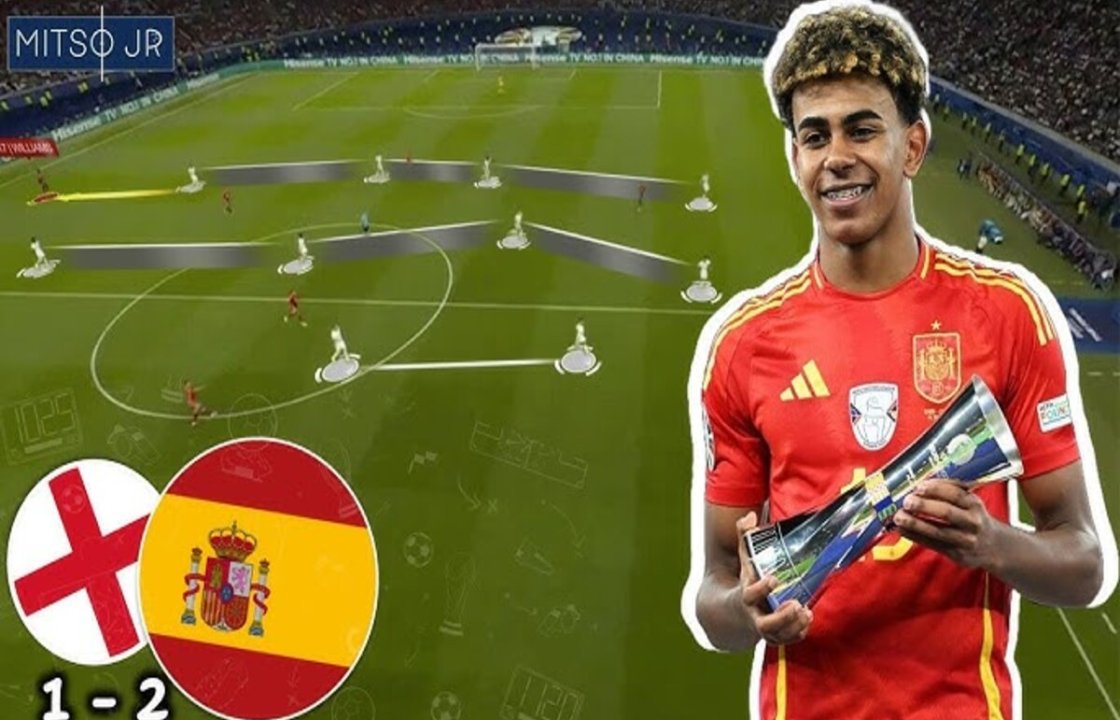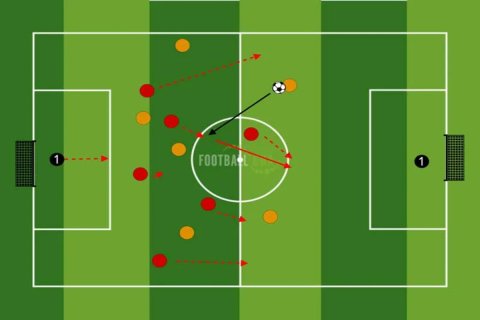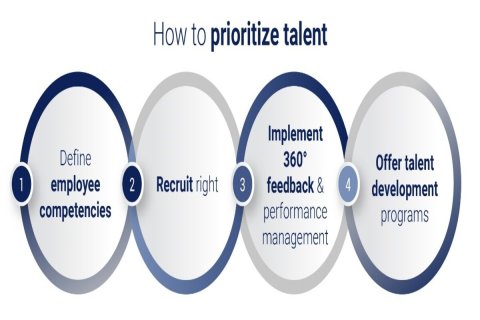Soccer is the world’s game, but how it’s taught and played reveals fascinating regional differences that shape players’ paths to greatness.
The Differences between the Playstyles
The European Masterclass: Precision and Tactical Excellence
In Europe, soccer training is synonymous with technical mastery and tactical intelligence. From grassroots academies to elite clubs, players are immersed in a system that prioritizes structured drills, position-specific training, and game intelligence. The focus is on developing a deep understanding of the game, with young players exposed to rigorous schedules that balance skill development with competitive matches. The European style emphasizes possession-based play and strategic thinking, often nurtured through a mentorship culture where former players transition into coaching roles.

The American Dream: Athleticism and Versatility
In the United States, soccer training is heavily influenced by the country’s broader sports culture, where physicality and versatility are prized. Youth soccer often takes place in club or school environments, with a strong emphasis on athletic conditioning and team cohesion. American players are trained to be adaptable, with many excelling in multiple sports before specializing in soccer. The collegiate system also plays a pivotal role, providing a structured pathway that combines education with athletic development. This approach fosters well-rounded athletes but sometimes delays entry into professional environments compared to their European counterparts.
The Asian Approach: Discipline and Emerging Creativity
Asia’s soccer training programs are rooted in discipline and collective effort, often mirroring cultural values. Players are trained to focus on fundamentals, with an emphasis on fitness, technical precision, and teamwork. In countries like Japan and South Korea, there is a strong commitment to structured training regimens and respect for the coach-player hierarchy. However, in recent years, Asian soccer has seen a rise in creativity and flair, influenced by collaborations with European clubs and the integration of international coaching philosophies. This blend of discipline and innovation is propelling Asian soccer onto the global stage.

The Common Thread: Passion and Global Exchange
Despite their differences, soccer training in Europe, America, and Asia shares a universal passion for the game. Increasing globalization has led to an exchange of ideas, with European clubs opening academies worldwide and international coaches bringing diverse methodologies to new regions. This cross-pollination is fostering a new generation of players who embody the best of all worlds, blending technical skill, athleticism, and creativity.
Soccer may be played on the same field everywhere, but how it’s taught reflects the unique cultures and philosophies of each region, creating a rich tapestry that makes the game truly global.






